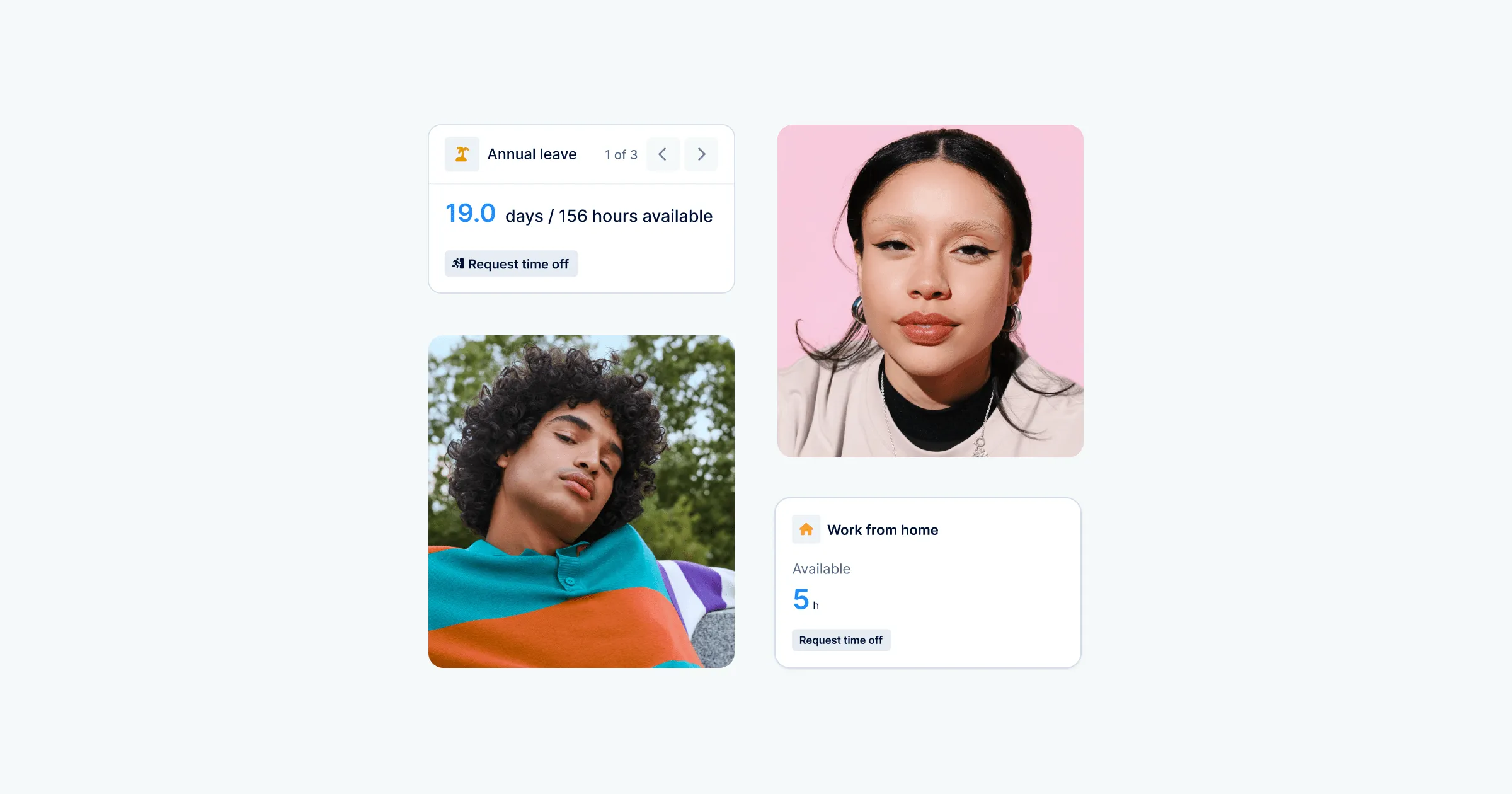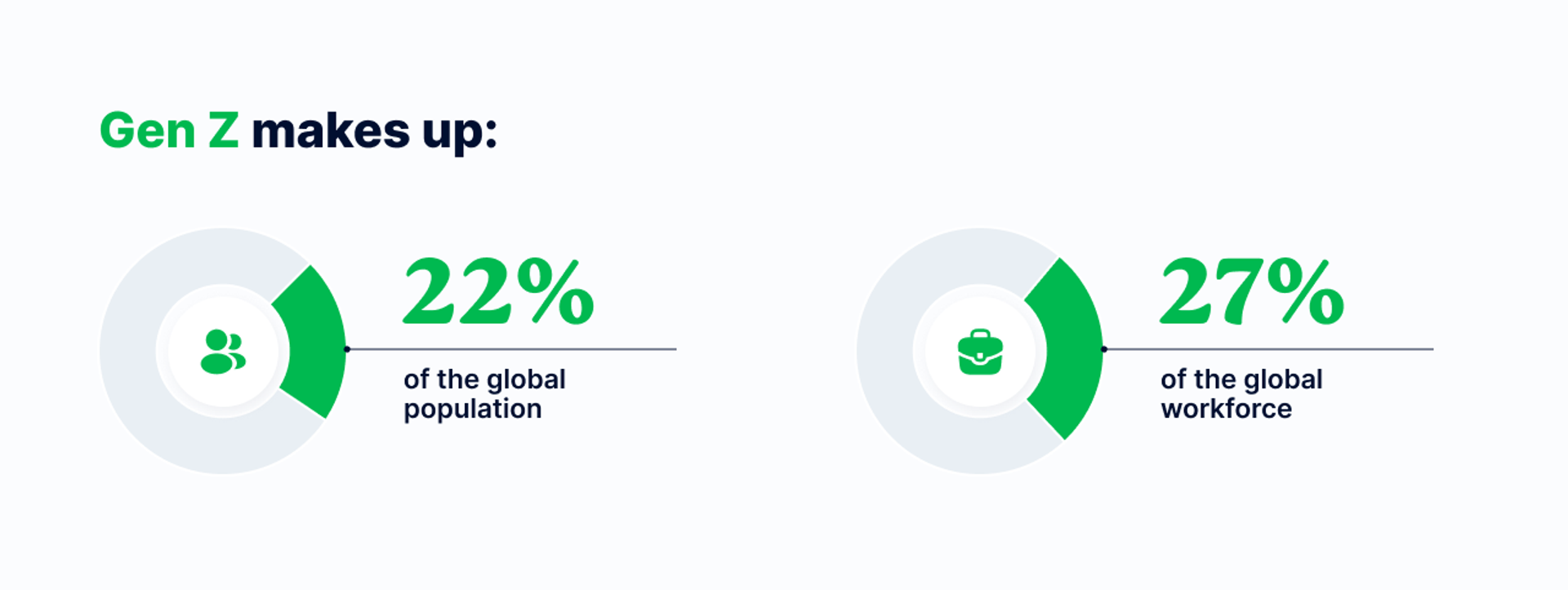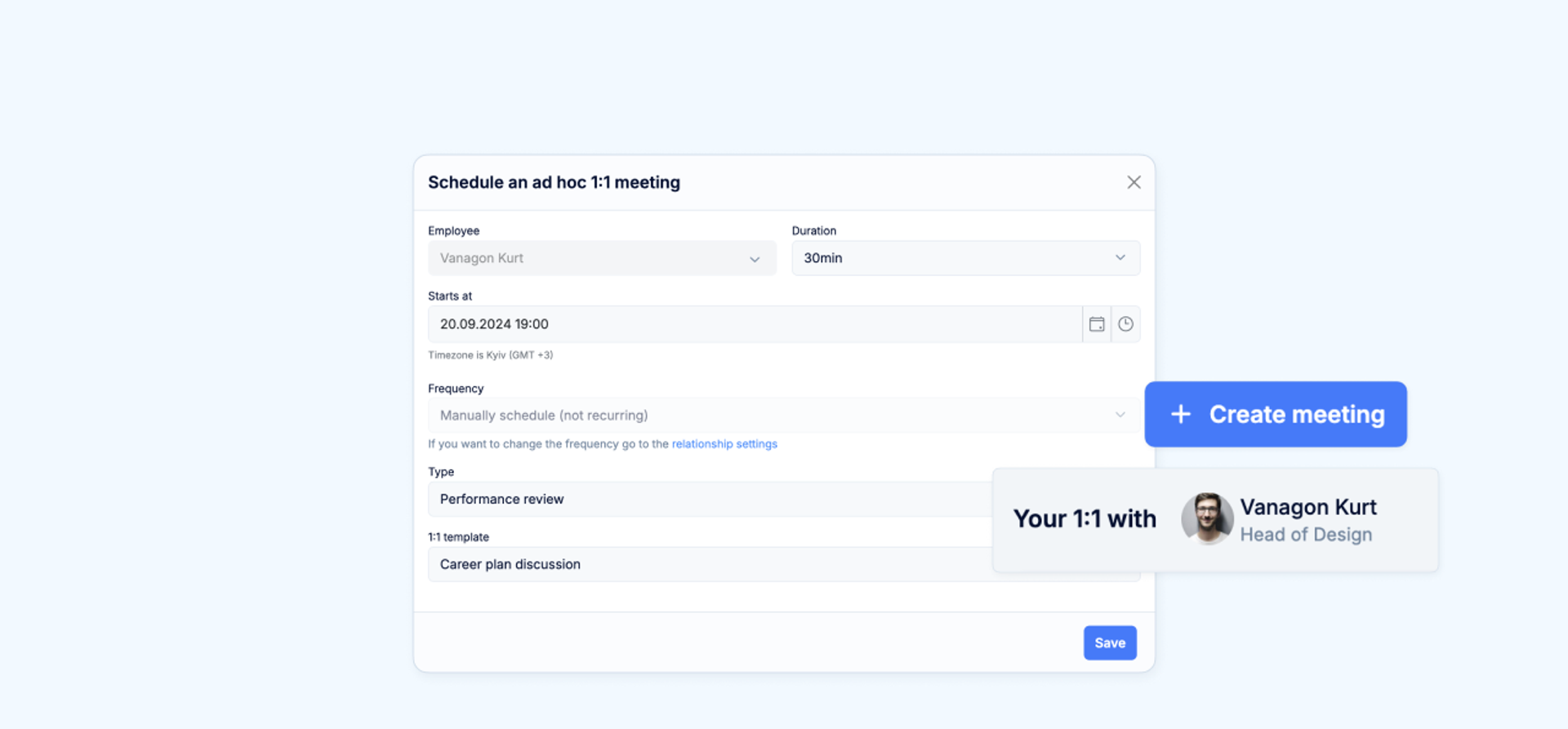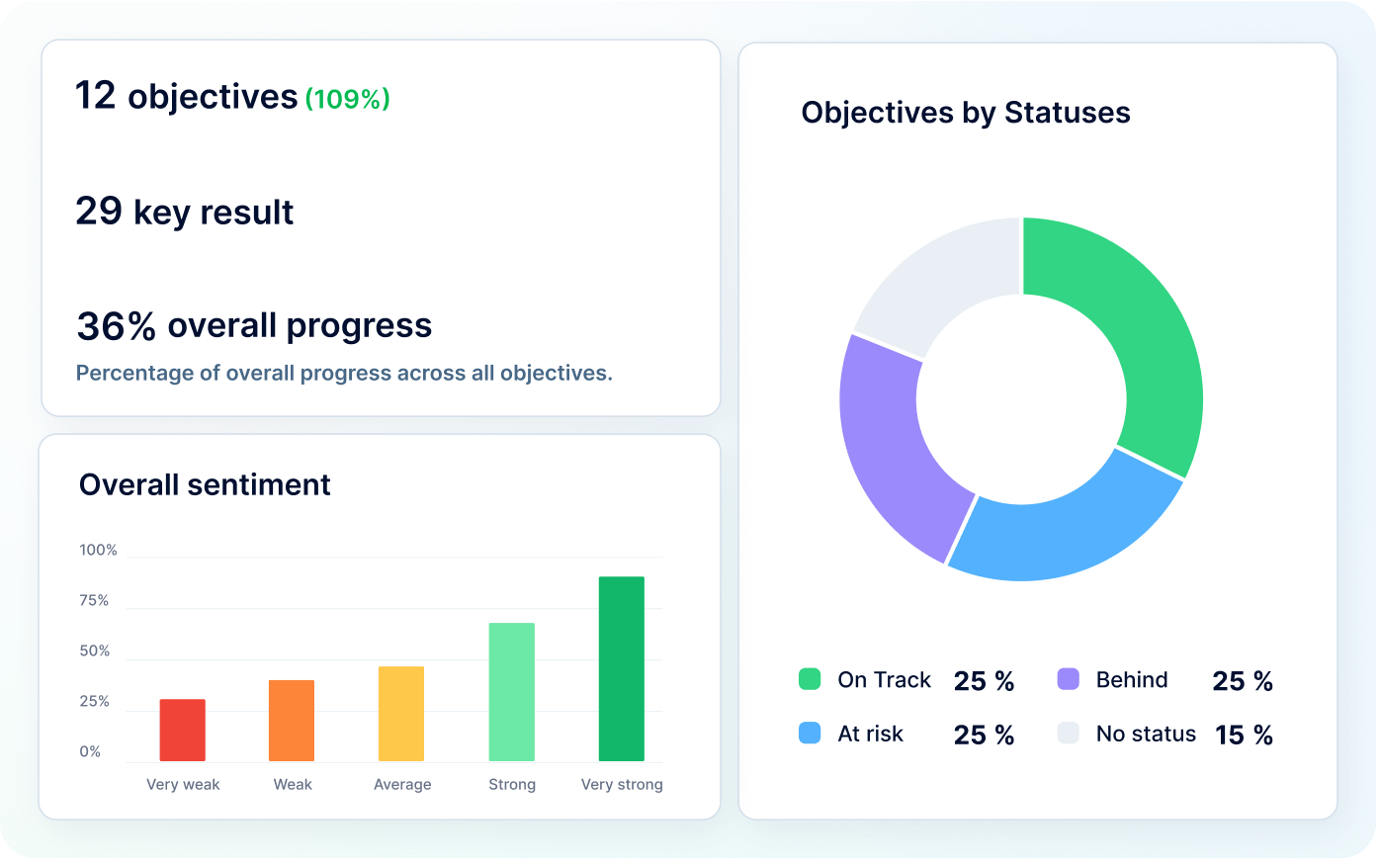
How to work with Gen Z in the workplace
According to recent research, the vast majority of workers in every generation (89%) see age diversity at work as positive. They cite the positive benefits of learning from different generations in the workplace. But that doesn’t mean they expect smooth sailing. In that same study, 78% of respondents also believed intergenerational work can lead to conflict.
With such different priorities, getting all four generations working together smoothly may be daunting. But the truth is, having such a diverse range of age and experience in the workforce presents companies with unprecedented opportunities for growth.
In this article, we’ll discuss some of the challenges posed by these differences. We’ll also share the benefits of managing them and tips on how to do so successfully.

The challenges of generational differences in the workplace
The strengths of the different generations in the workplace can make it difficult to know how to manage an age-diverse team. Here are some obstacles to be aware of in a multigenerational workplace:
- Intergenerational conflict. Hot-button issues around politics, global warming, etc., elicit different reactions from different generations. Divisive views have strained conversations between the generations and can create contention in your culture.
- Communication preferences. Baby boomers prefer face-to-face interactions at work, whereas Millennials would much rather communicate online for time and efficiency. Most younger generations avoid phone calls and opt for texts and emails instead. Different preferred communication channels can hinder collaboration.
- Attitudes toward work. Each generation came of age during different world circumstances. The changes in the economy, technology, and global priorities have shaped how they approach their careers. This can make it hard for teams to move forward on the same goals and objectives.
Why you should tackle age-diversity challenges
It may seem like a lot of work to address differences and juggle priorities. With some of these generations on the verge of retiring, is it worth the effort?

Supporting each age group’s needs and getting them to collaborate seamlessly has enormous benefits for your company, now and in the future. Here are some key reasons you should take on the challenges of managing different generations in the workplace.
Intergenerational work is here to stay
The combination of longer life expectancy and, in some countries, a rise in the legal retirement age means more people are extending their work life.
Diversity of age brings a diversity of experience
Senior employees have a wealth of industry knowledge, and younger employees are more well-versed in recent technology and communication. Both are important for helping you reach your goals in the modern workplace.
Younger generations may step into leadership roles sooner
You need leaders who understand new tech and its implications. In some cases, that may mean Gen Z and Millennials stepping into management roles sooner than their older counterparts did. It may also mean they’ll be managing some of those counterparts.
Different experience means better problem-solving
Research shows that diversity of experience on a team leads to better problem-solving and more productivity. Keeping each generation happy will let you tap into that power.
These realities give you good reason to ensure smooth transitions and easy communication between the generations at work. So, how do you do that exactly?
So, who is Generation Z?
What are their behaviors? And what impact will they have on the workplace, business, and the economy?
Given its experience growing up in the aftermath of the Great Recession, you might think Gen Z has emerged as a pragmatic, risk-averse, non-entrepreneurial group motivated by job security. Instead, a more nuanced picture emerged as we explored their career aspirations, career development, working styles, core values, behavior and character, education, and stance on diversity.
While salary is the most important factor in deciding on a job, Generation Z values salary less than every other generation: If given the choice of accepting a better-paying but boring job versus work that was more interesting but didn’t pay as well, Gen Z was fairly evenly split over the choice.
To win the hearts of Generation Z, companies and employers must highlight their efforts to be good global citizens. And actions speak louder than words: Companies must demonstrate their commitment to a broader set of societal challenges such as sustainability, climate change, and hunger.

Navigating the generational landscape from a Gen Z perspective
As organizations evolve, managing generational differences in the workforce presents both challenges and opportunities. Acknowledging these differences can foster growth and collaboration. Here are six tips for effectively managing Generation Z to leverage the unique strengths of all generations.
- Break down stereotypes. It’s all too easy to label older generations as stuck in their ways or to label Millennials as entitled. But let’s challenge those stereotypes! Each generation has unique experiences that shape their work habits and aspirations. Instead of making assumptions based on age, let’s approach each team member as an individual. Understanding their backgrounds can lead to better collaboration and a more effective workplace.
- Embrace change through training. Change can be intimidating, but it often stems from a lack of understanding. Many of us are accustomed to different work styles, especially in a virtual environment. Providing training that helps everyone adapt to new working models is essential. Let’s equip our teams with the skills to thrive in remote settings, achieve work-life balance, and communicate effectively. Knowledge is key to overcoming resistance!
- Make diversity and inclusion a core value. Feeling valued and safe at work is crucial for every employee. Each generation brings different perspectives on diversity, and it’s essential to foster an inclusive culture. This means offering training on implicit bias, respectful communication, and the importance of diversity. By promoting an inclusive environment, we can leverage everyone’s experiences and talents.
- Encourage cross-generational collaboration. Let’s intentionally mix up teams by placing members from different generations together on projects. It’s not about age; it’s about the skills and perspectives each person brings to the table. By collaborating, we can combine our diverse skill sets, leading to increased productivity and innovation. Plus, it’s a fantastic opportunity for all of us to learn from one another.
- Create team-building experiences. Building strong relationships is essential for effective teamwork. Organize fun activities that bring people together, whether it’s a virtual cooking class, a quiz competition, or a casual team lunch. Additionally, consider setting up mentorship opportunities where experienced employees can share their knowledge with younger team members. These interactions foster unity and help us see beyond generational differences.
- Tailor benefits to meet diverse needs. Understanding what each generation values in terms of benefits is crucial. Younger workers might prioritize salary, career growth, and learning opportunities, while those with families may focus more on health insurance and retirement plans. Let’s ensure our benefits package reflects these diverse needs. Clearly communicating options like flexible work arrangements and comprehensive healthcare can make a significant difference. When employees see that their values align with the company’s, they’re more likely to feel invested in their future there.
Is Gen Z the future of work?
As we draw insights from the preferences and behaviors of our newest generation entering the workforce, we must also look at how “work” is changing and evolving. The new realities produced by these forces of change present us with complex questions, including the ethics around human-machine collaboration, how to plan for 50-60 year careers, and how we unleash organizations through a continuum of talent sources.
The future of work will call for a return of the Renaissance figure: a person with many talents, interests, and areas of knowledge. It will require a fusion of four key work skills:
- Digital tools and technology skills
- Comfort with analytics and data
- Business management skills
- Design and creative skills
- What does this mean for employers?
We think Gen Z will have the ability to demand greater personalization in how they move along their career journey. For organizations to attract and retain the best and brightest of the generation, it will require a different mindset.

To attract Gen Z, employers must be ready to adopt a speed of evolution that matches the external environment. That means developing robust training and leadership programs, with a real and tangible focus on diversity.
Develop the profile of a great employee, establish internal apprenticeship programs, or hire smart, talented people and then match them with a role once inside the organization.
- Consider partnering at the university level to adopt top female talent to attract more women candidates for tech roles.
- Create latticed career paths and multiple work formats.
- Set up internal marketplaces to match projects with needed skill sets.
- Leverage the expertise of Gen X, Gen Y, and Boomers to help mentor Gen Z into strong leaders.
Consider the attractiveness of the industry you are in and the reputation of your company and plan accordingly.
Get started with PeopleForce today
Automate your HR routine to create a high performance culture in your company. PeopleForce is your best HRM alternative to stay business driven but people focused.

Recent articles
Top tips and strategies for working with different generations
Discovering effective approaches for engaging with different generations in the workplace.
How to create a perfect retention strategy with the HR platform
Employee retention has become a major headache for businesses. Many companies, even the most successful, can be dealing with unhappy employees behind the scenes.
How much time HR platform saves for HRs and admins
Discover how modern, all-in-one HR software simplifies complex processes, ensures compliance, and boosts efficiency to help HR teams manage growing responsibilities with ease.

